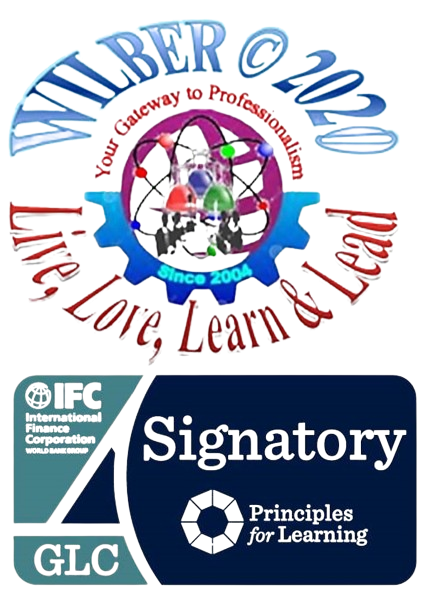THE ACTS OF HUMAN TRAFFICKING AND THE LAW
Human trafficking has many forms. These include exploitation in the sex, entertainment, and hospitality industries, and as domestic workers or in forced marriages. Victims are forced to work in factories, on construction sites, or in the agricultural sector without pay or with an inadequate salary, living in fear of violence and often in inhumane conditions. Some victims are tricked or coerced into having their organs removed. Children are forced to serve as soldiers or to commit crimes for the benefit of the criminals. (Picture source: https://www.unodc.org/res/human-trafficking/2021tipcrime_html/exploitation-info-graphic-2.jpg)

The 2020 Global Report on Trafficking in Persons shows that 50 percent of detected victims in 2018 were trafficked for sexual exploitation, 38 percent were exploited for forced labor, six percent were subjected to forced criminal activity, while one percent were coerced into begging and smaller numbers into forced marriages, organ removal, and other purposes. The detected forms of exploitation vary widely across different subregions. The share of detected victims trafficked for forced labor has steadily increased for more than a decade.
How does the government treat organized crime groups in light of this? Would punishment prescribed by the law be enough to deter its commission? Our next slide presentation will answer all those queries.
You are better familiar now with the different acts that violate the “law on human trafficking” including the corresponding penalties and punishment relative to the acts. Those are your takeaway from this chapter!
Click PREVIOUS if you want to visit or review the last chapter of this module you had visited (ACTS, MEANS, PURPOSE, AND DEFINITION OF HUMAN TRAFFICKING)
Click NEXT to proceed to the last part of human trafficking (THE PROSECUTION OF HUMAN TRAFFICKING)
